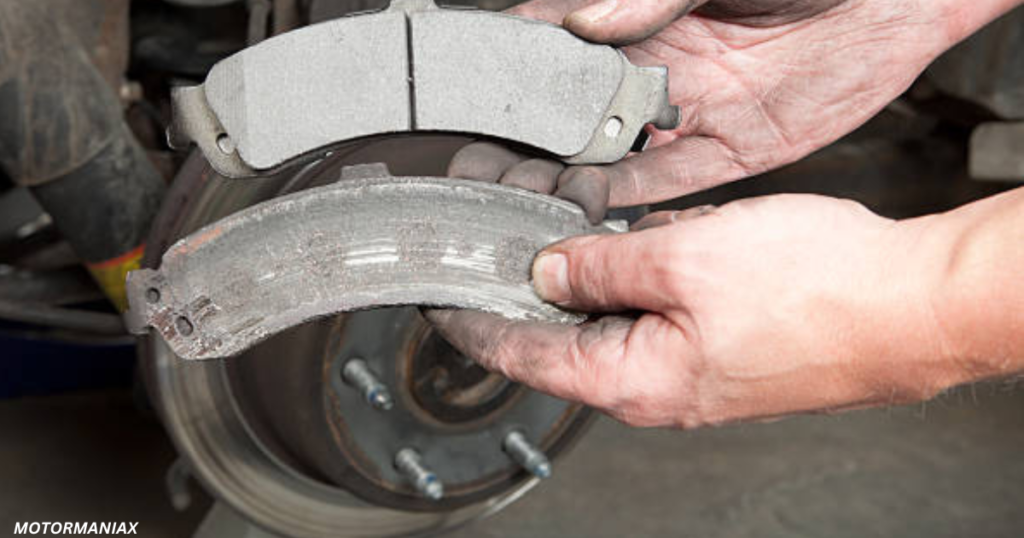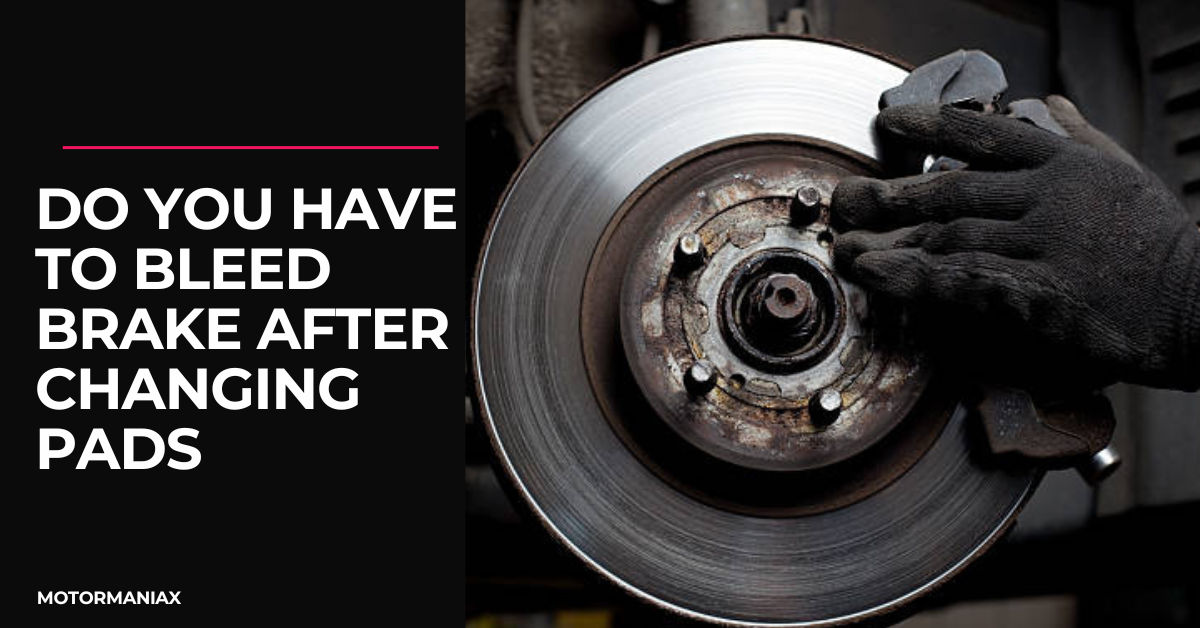Someone who is not into car mechanics or into its maintenance would certainly be surprised with the term Bleed Brake. To put it simply, it’s a process where air is removed from the hydraulic brake system in the car which is known as bleeding.
Now, the question is do you have to bleed brake after changing pads or not.
The reason for bleeding brakes is so they confirm their seamless performance on the right point. Therefore, it’s important to bleed the brake after changing pads. It’s quite common that over time when you apply pressure on the brake pedal it starts to feel a bit spongy or droopy.
Bleeding the car brake after changing the pads is recommended because it helps brake’s fluid to release the trapped air. So it certainly makes the brakes paddle to be more responsive, smoother and more operative as they were before changing the pads.
When it’s the right time to bleed the car brakes?
Now you know that bleeding the brakes of your vehicle is a good thing, it is not necessary to opt for it on a regular basis. You should only bleed the brakes if you use the following signs such as:
- If it has been one year since you have done the car maintenance.
- If your vehicle is taking more than usual time to stop as when you push the brakes.
- If there is any leakage.
- If you notice the softness in the car brakes paddle.
- If you have replaced the car brakes pads or rotors.
Does it take time to bleed the car brakes?
Unlike other car maintenance, the bleeding of car brakes does not take more time. You will only need 30 to 40 minutes for the whole process to be done. Each wheel of the car requires almost 15 minutes. For quick work and efficiency in results you may need an assistant who knows the job.
The Right Way to Bleed the Car Brakes after Changing Pad
First of all, you should get professional help if you are not aware how to bleed the brakes. However, if you are doing it on your own, get someone for help as you may need someone’s help for bleeding the brakes.
If you are up to bleeding your car brake after you have changed its pads, here are the simple steps you need to follow.
- First of all take the 1 liter water bottle and make a hole within it from the top of its lid. This is for inserting the silicon pipe for bleeding the brakes.
- Lift up the car’s level to the using jack.
- Hook the wrench to the bleeder valve. Now link that 1 liter bottle tool on the top of it. Make sure the bottle is not slipping.
- Now ask someone to press down the brake pedal a bit, right then open the brake bleeder valve a quarter of a turn to drain off the older fluid into your bottle.
- After that, when the fluid is completely removed, close the valve, and redo this step for each wheel.
- Make sure the fluid has thoroughly drained and check if there are any air bubbles left. If you feel the brakes are spongy, redo the steps. Also keep an eye on the master brake cylinder, it should be filled.
Also Read: How to Stop Brakes from Squeaking Without Taking Tire Off
What will happen if I don’t bleed the car brakes after changing its pads?

It’s important to bleed the brake after you have changed its pads. However, if you refuse to do so, it will lead to multiple issues in your vehicles. One of the biggest issues is the malfunctioning of brakes by being spongy and too much softer.
The air bubble in the brake system can be dangerous for the smooth performance of the car brakes. And you already know the importance of the brakes in a vehicle.


3 thoughts on “Do You Have To Bleed Brake after Changing Pads”